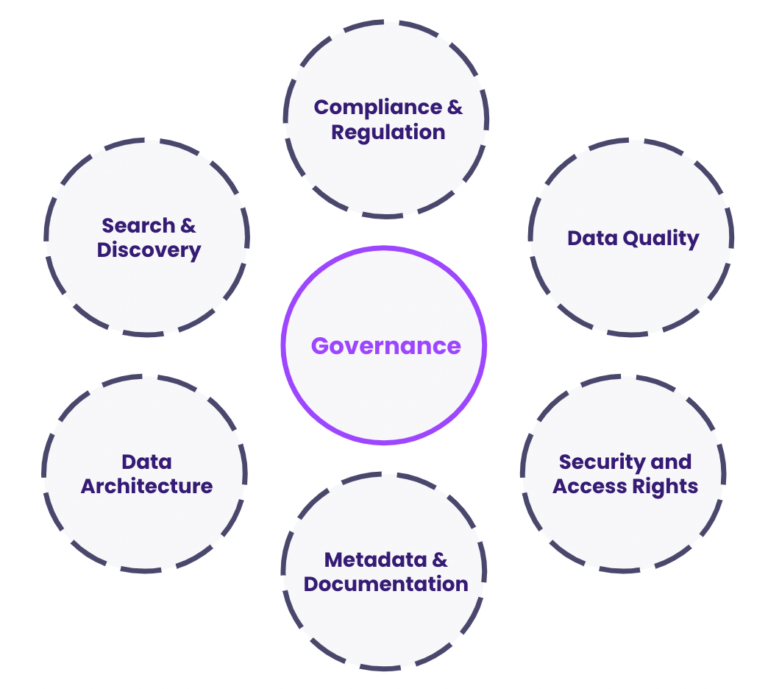As businesses increasingly rely on ERP systems to manage critical data across departments, ensuring data privacy and compliance has become paramount. This article dives into effective strategies for enhancing data governance within ERP systems, covering security measures like encryption, user training, and data retention policies. Key regulatory frameworks, including GDPR and CCPA, are discussed with practical steps to help businesses align ERP practices with evolving data protection laws. Strengthen your business resilience, build customer trust, and maintain compliance with these essential ERP data privacy insights.
Data privacy and compliance have become critical for enterprises using ERP (Enterprise Resource Planning) systems, with regulatory standards like GDPR and CCPA holding organizations accountable for handling sensitive information securely. In this digital era, businesses must prioritize data governance in their ERP systems to maintain customer trust, adhere to legal requirements, and ensure operational efficiency. This article explores the significance of data privacy and compliance in ERP, offering practical insights for building a compliant and secure data management framework.
Understanding Data Privacy and Compliance in ERP
ERP systems integrate various business functions, from finance and human resources to supply chain and customer management. This integration offers benefits but also presents risks, as sensitive data is often spread across multiple departments. Managing data privacy within these interconnected systems is essential for avoiding legal repercussions and maintaining business integrity.
Key Benefits of Data Privacy and Compliance in ERP
- Enhanced Customer Trust: When customers know their data is protected, they are more likely to engage and remain loyal.
- Reduced Risk of Legal Penalties: Compliance with regulations like GDPR and CCPA mitigates the risk of fines and penalties.
- Improved Data Quality: A focus on data governance helps maintain accurate and up-to-date records, leading to better business insights and decisions.
Key Components of Data Privacy and Compliance in ERP
1. Data Encryption and Security Measures
Protecting data from unauthorized access is foundational to privacy. ERP systems must be equipped with data encryption protocols to ensure information remains secure during transmission and storage. Other essential security features include:
- Multi-Factor Authentication (MFA): Adds a layer of security beyond usernames and passwords.
- Access Controls: Assigns specific access levels to employees based on their roles, minimizing unnecessary data exposure.
- Regular Security Audits: Routine assessments help identify potential vulnerabilities in the ERP system.
For example, ERP vendors like SAP and Oracle offer security features tailored for compliance with global data protection regulations.
2. User Training and Awareness
Employee training is crucial for data privacy, as human error is a leading cause of data breaches. By educating employees on compliance best practices, businesses can prevent data mishandling and avoid accidental breaches. Key training topics should include:
- Recognizing phishing attempts
- Understanding access permissions
- Handling sensitive information responsibly
Continuous training ensures that staff remain aware of evolving data privacy standards.
3. Data Minimization and Retention Policies
Data minimization and retention are essential for compliance with data privacy regulations. These practices involve only collecting data necessary for specific purposes and securely deleting data once it is no longer needed. Implementing clear data retention policies helps ERP users maintain compliance and avoid retaining unnecessary data that could increase risk.
4. Transparent Data Processing and Consent Management
Transparency in data processing builds customer trust and supports compliance. Businesses must clearly communicate how data is collected, processed, and stored within the ERP system. Additionally, collecting and managing customer consent, particularly for marketing purposes, aligns ERP data practices with privacy laws.
Ensuring Compliance with Major Data Privacy Regulations
Staying compliant with data privacy laws requires ERP systems that are adaptable and regularly updated. Here’s how companies can ensure compliance with major regulations:
- GDPR (General Data Protection Regulation): GDPR demands strict data handling standards, including the right for individuals to access and delete personal data. ERP systems should have capabilities to facilitate these requests and provide clear audit trails.
- CCPA (California Consumer Privacy Act): Similar to GDPR, CCPA grants consumers rights over their personal data. ERP systems should allow for data access requests and ensure data processing transparency.
By aligning ERP configurations with these laws, businesses can streamline compliance efforts and reduce regulatory risks.
Practical Steps to Enhance Data Privacy and Compliance in ERP
- Regularly Update ERP Systems: Ensuring that the ERP system has the latest security patches and features helps protect against vulnerabilities.
- Utilize Data Governance Tools: Tools like SAP Data Governance or Oracle Data Management Cloud enhance data accuracy, security, and compliance.
- Conduct Routine Data Audits: Data audits identify compliance gaps and provide insights into data flows across the ERP.
Implementing these steps provides a foundation for robust data governance and helps maintain alignment with regulatory standards.
Conclusion
Data privacy and compliance in ERP systems are no longer optional but essential for business resilience and customer trust. By implementing security measures, training employees, and aligning ERP configurations with data privacy regulations, organizations can ensure a secure and compliant data environment. As regulations evolve, continuous improvement in data governance will remain a priority.
Ready to enhance your ERP data governance? Explore solutions that prioritize data privacy and compliance to protect your business and foster customer loyalty.

